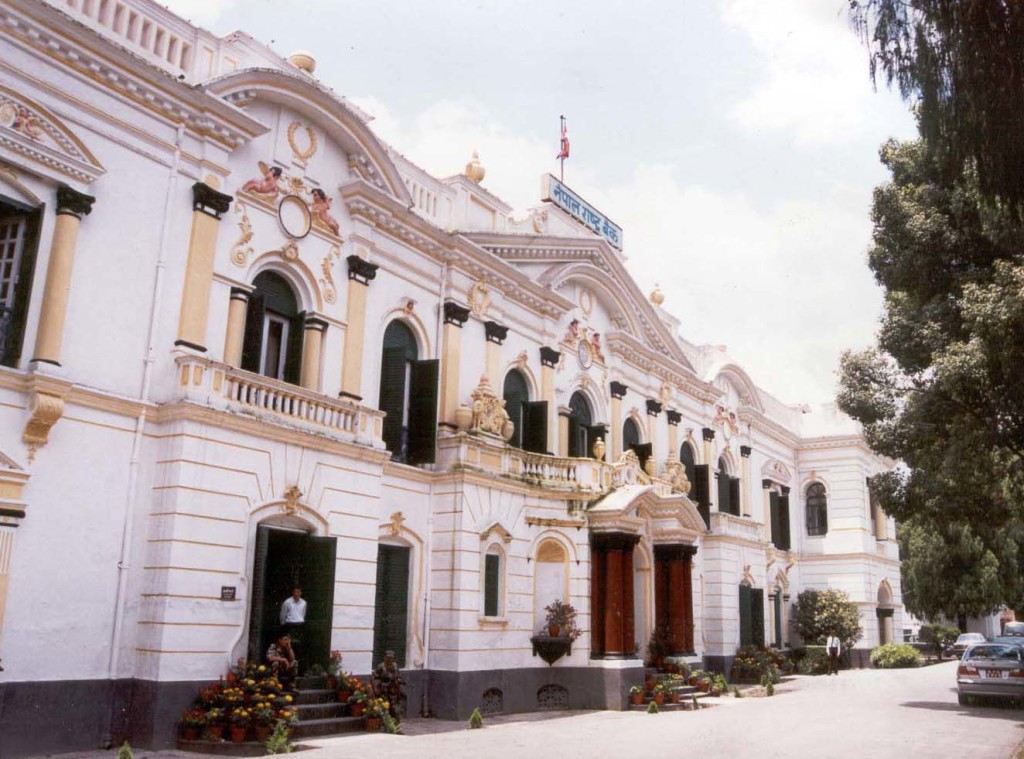Wednesday 17th April 2024

In a move enhancing financial access to the local populace, Nepal’s central bank has come up with a new portal that will have a detailed analyzed data about public usage of financial services.
Nepal Rastra Bank (NRB) launched the Nepal Financial Inclusion Portal developed in collaboration with the United Nations Capital Development Fund (UNCDF) with an aim to give a realistic picture about financial access and usage of related services in Nepal.
The portal provides:
“The availability of data and information on banking and financial access and inclusion helps the government in formulating necessary policies and programmes targeted to the rural areas. It is very important for policymakers as they can develop policies and financial strategies by looking at this portal,” NRB Governor Chiranjibi Nepal.
According to NRB, the portal will also list the data of remote rural areas that are not easily accessible even for the government and regulatory bodies.
Chiranjibi feels that the portal will help both the central and state governments in developing an efficient financial structure that would enhance financial access, thus driving overall economic growth of the country.
By bringing in a financial inclusion, the new portal is expected to increase the ability of local levels in gaining complete access to government services.
UNDP on Nepal’s Financial Inclusion
Speaking on the side-lines of the portal launch, UNDP Deputy Country Director Ayshanie Medagangoda-Labe pitched on the need for literacy and technology as means to achieve financial inclusion.
Illiteracy, connectivity, lack of savings & income, and distrust in banking or financial institutions are some of the key barriers for financial inclusion, she added.
In this regard, she said the new portal is definitely an opportunity for Nepal in achieving its Sustainable Development Goals (SDGs) under the 2030 agenda.
“One of the aims of the SDGs is to leave no one behind. The challenge that we have in front of us is how to get the financial access, literacy, infrastructure and technology to these 753 local units,” adds Ayshanie.
“If the data is available, you can know the needs and behaviors of consumers,” said Francois Coupienne of the UNCDF, while adding that as a tremendous opportunity for policy makers.
“There is a huge gap between the different needs and aspirations of each individual and the ‘one size fits all’ approach of the financial services providers. Innovation, technology and data will play a key role in filing this gap,” adds Francois.
Also Read:
Leave a Reply